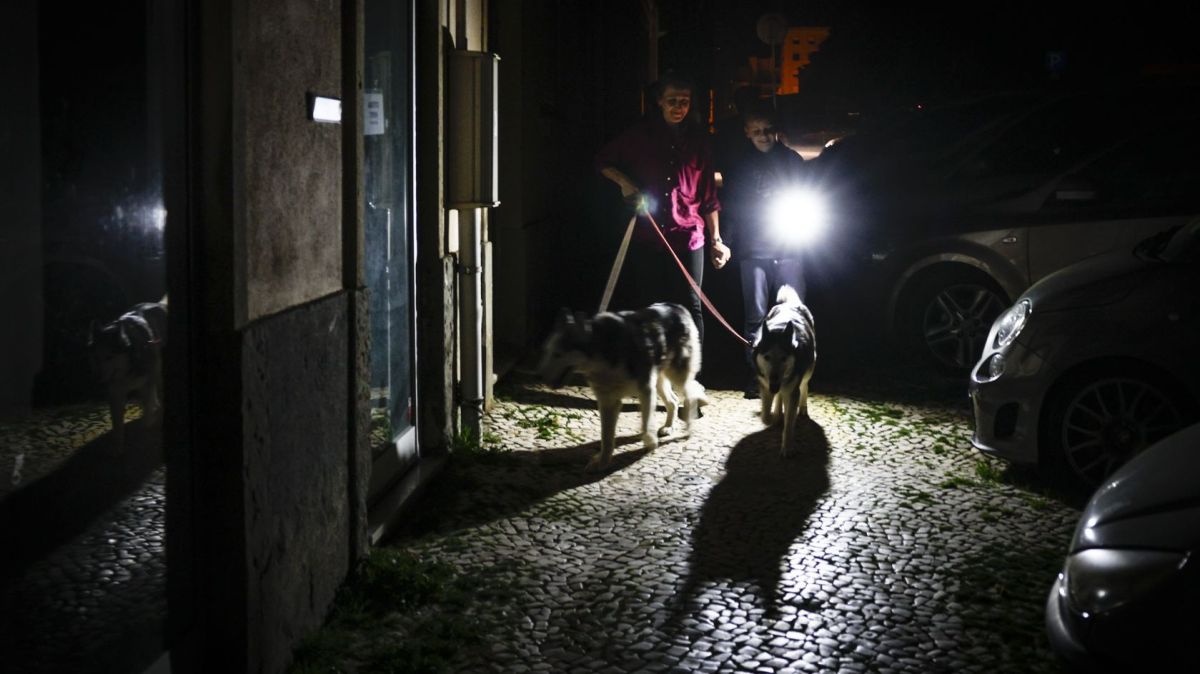“Lisbon has an action plan for noise in force, which was initiated in 2014 and will run until 2029, but for it to be updated in light of the city's own dynamics, it is necessary to approve the strategic map”, declared the councillor responsible for Noise, Rui Cordeiro, when presenting the council's proposal at the AML meeting.
26 quiet areas
Rui Cordeiro also said that the current noise action plan foresees 12 quiet areas and the future plan will “more than double”, becoming 26. Quiet areas are exposed to a value of Lden (noise indicator for the day, evening and night, that is, for the 24-hour period of the day) equal to or less than 55 decibels, associated with the global nuisance - dB(A) - and of Ln (noise indicator for the night, from 11 pm to 7 am) equal to or less than 45 dB(A), as a result of all existing noise sources, according to the law, which states that these areas are delimited by the city hall.
The council's proposal to update the city's strategic noise map, with 2022 as the reference year, was approved with the abstention of BE, Livre, PEV, PCP, deputy Miguel Graça (elected by the PS/Livre coalition), PS, PAN, IL and Chega, and votes in favor of PSD, MPT, CDS-PP and Jorge Nuno Sá (elected by the extinct Aliança).
Considering that the document is “very incomplete”, including due to the lack of data on noise from cruise ships, railways and nightlife, IL presented a recommendation to the city council so that, after the official data on air and airport noise for the year 2023 is made available by the Portuguese Environment Agency (APA), the process of updating the strategic map should be started immediately.
This point was approved by a majority, as was the idea that the update process should be “conducted in a transparent manner, with the public disclosure of data and the promotion of participation by citizens and interested associations”, which was voted against by PSD and CDS-PP.
In response to IL's concerns, councillor Rui Cordeiro said the council is working with the Port of Lisbon and the Portuguese Environment Agency (APA) on maritime noise so that it can be included in future strategic maps, and is adopting mitigation and monitoring measures in nightlife areas.
PS MP José Leitão accused the PSD/CDS-PP leadership of “inaction” for being “at least two years late” in updating the strategic noise map, to which the social democrat Rui Cordeiro said that with the socialist government, this document “was at a standstill for a decade”, since 2011.
Road traffic
Road traffic in Lisbon continues to be the main cause of external ambient noise in the city and it is estimated that 13.6% of the resident population is affected by levels higher than those legally established, according to data from 2022, released by the municipality.
As part of the update of the strategic noise map, it was found that all roads in Lisbon affect 74,118 people living in the municipality, who are exposed to ambient noise levels above 65 dB(A), according to the Lden indicator.
These 74,118 people represent around 13.6% of the population residing in Lisbon, out of a total of 545,761 inhabitants, according to the 2021 Census.
Based on the regulations of the Lisbon Municipal Master Plan in force, the entire municipal territory is classified as a mixed zone, “and the population should not be exposed to external ambient noise levels higher than those defined in the General Noise Regulation, at 65 dB(A) and 55 dB(A) respectively for the Lden and Ln indicators”.















